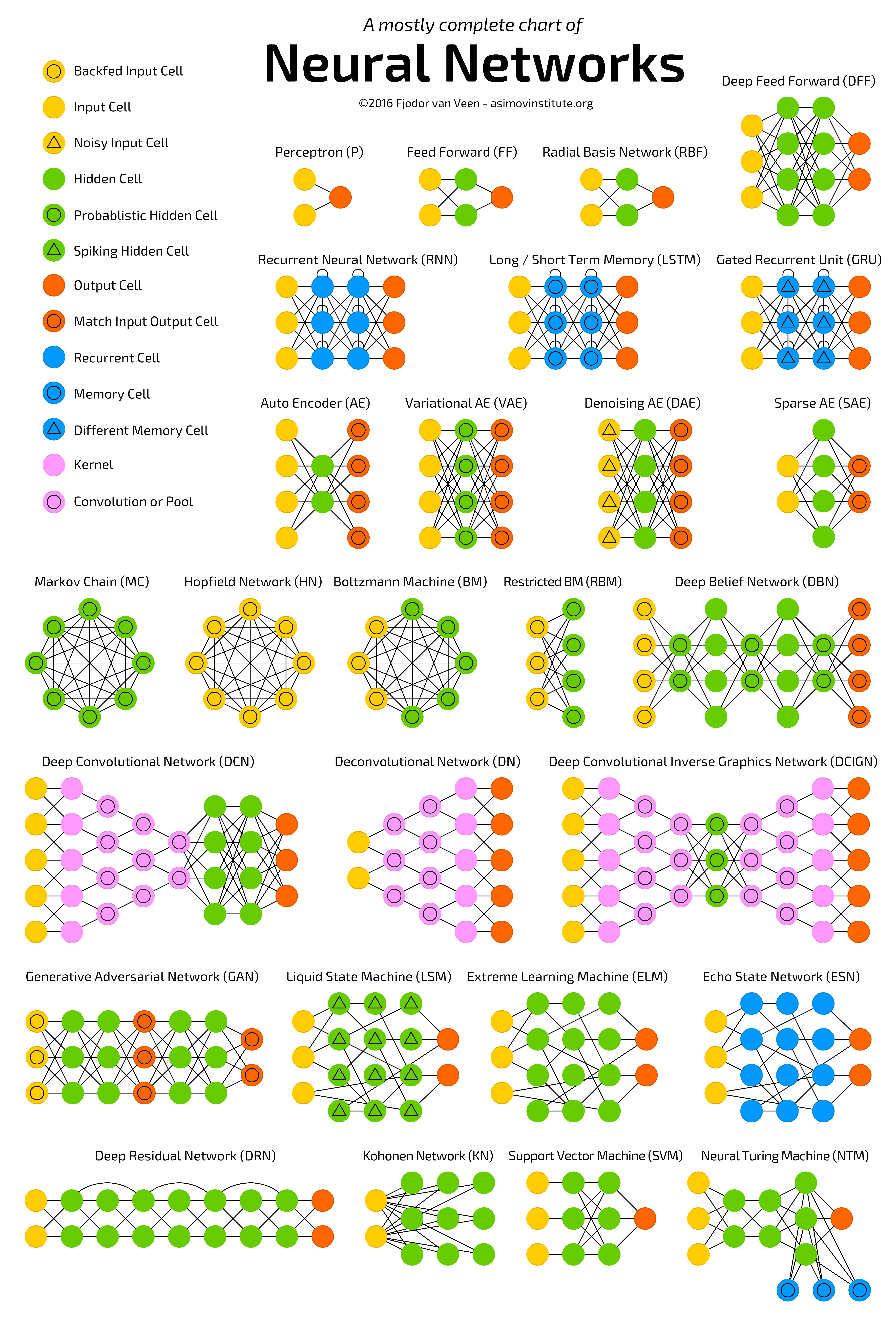
Using C Structures to Maximize Code Efficiency
C Structures allow powerful data organization in the form of structs, which are defined as a collection of different data types. They provide a convenient way to store data in a single unit by organizing related information together. Structs can be used to represent complex data or groups of related variables such as a student record, employee database, or product inventory. By using C Structures, you can reduce complicated code and increase readability and organization. This makes it easier to analyze and modify programs for maximum efficiency. Structs also provide flexibility when accessing and manipulating data.
You can quickly access any element within a struct by using its name, or by directly referencing its memory address. This allows you to modify individual elements without affecting the entire structure at once. Additionally, you can combine multiple structures into one struct hierarchy for further flexibility and speed at runtime when dealing with large datasets. Using C Structures helps ensure that your code is efficient, organized, and well-structured. It provides an easy way to manage complex data while providing maximum efficiency for accessing and manipulating it at runtime.
Exploring C Structures to Maximize Efficiency
The C programming language is an incredibly versatile language with a wide range of applications. One of the most useful aspects of the language is its ability to create structs - composite data types that are made up of multiple data elements. Structs allow developers to create complex, efficient data structures and can be used in a variety of scenarios.
Structs can be used to store related pieces of information in one place. For example, a struct could contain both a person’s name and their address - two pieces of information which usually need to be stored separately in other languages. By grouping them together into one structure, the program is much more efficient as it doesn't have to search for the different elements independently.
Structs can also be used to store collections of related objects, like a list or an array. This allows for more complex operations on each element in the collection, such as searching for a specific value or sorting items by some criteria. This makes development much easier and faster than if each operation had to be written out individually for each item in the collection.
Finally, structs can also be used as part of larger data structures like trees or graphs. These data structures are extremely powerful and can help developers build complex algorithms quickly and efficiently. The ability to easily create these structures and manipulate them makes C an invaluable tool for any programmer looking to maximize efficiency in their code.
In short, C's structs are incredibly useful tools that enable developers to create efficient data structures quickly and easily. By taking advantage of their capabilities, programmers can harness the power of C structures for maximum efficiency.
Implementing Strategies to Utilize the Power of C Structures
C Structures are an important tool for programmers when writing code. They provide a way to organize data into meaningful sections and make it easier for coders to access specific parts of the program. Although C Structures are powerful, they can also be difficult to use if you don't understand how they work. Therefore, it is important to understand how to harness the power of C Structures in order to maximize efficiency and make your coding process faster and more productive. The first step in harnessing the power of C Structures is understanding what a structure is and what it does. A structure is an area of memory set aside by the compiler that contains related values and information. Each data type within a structure has its own name, size, data type, and value. Once you have an idea of what a structure looks like, you can begin to think about how best to organize your data within them.
In addition to understanding what structures are, it is important to know what strategies you can use when implementing them in your code. One strategy is called “structuring” or “structuring your code” which involves organizing your code so that related elements are grouped together within structures. This makes it easier for future coders who may need to read or modify your code by allowing them to quickly find pieces of code related to specific tasks or functions with minimal effort.
Another strategy used when implementing structures is “modular programming” which involves breaking up larger pieces of code into smaller functions that can be reused across different projects or applications. This allows you to reuse parts of your code without having to rewrite each time from scratch and makes debugging and maintenance much easier in the long run. Finally, when using structures in your programs, it is important that they are properly documented so other coders know exactly what each part does and how it works with other sections in the program. Documentation helps coders quickly identify problems with existing sections as well as any potential issues that could arise from modifying existing structures or adding new ones into a project.
Additionally, good documentation helps future coders understand how structures work so they can efficiently troubleshoot any issues they might have while using them in their own projects going forward. By understanding what structures are, applying appropriate strategies when implementing them, and documenting them well, any coder can maximize the efficiency of their programs by utilizing C Structures effectively.
Structures and Memory Allocation
In programming languages, structures are used to group related data together into a single unit. They allow programmers to define custom data types that can hold different types of variables. By organizing data in this way, it becomes easier to manage and manipulate complex sets of information.
Memory allocation refers to the process of assigning and managing memory space for variables and data structures during program execution. Efficient memory allocation ensures that resources are utilized optimally, minimizing wastage and improving overall performance.
Different programming languages have their own mechanisms for allocating memory. Some use static allocation, where memory is allocated at compile-time based on predefined sizes. Others use dynamic allocation, allowing for more flexibility in managing memory during runtime.Proper understanding of structures and memory allocation enables programmers to design efficient algorithms and optimize resource usage. It allows them to create programs that can handle large amounts of data without excessive overhead or slowdowns.
Nested Structures
In the world of C programming language, passing structures to functions plays a crucial role in efficient data manipulation and code organization. By passing structures as arguments to functions, programmers can streamline their code and enhance its readability.
Structures in C Programming Language are user-defined data types that allow for the grouping of related variables under a single name. They provide a convenient way to organize data and create complex data structures. However, it is through the passing of these structures to functions that their true power is unleashed.
By passing structures as function arguments, programmers can manipulate and modify their data within the function scope. This allows for efficient code reuse and avoids redundancy by eliminating the need for duplicating code blocks across multiple locations.
Furthermore, passing structures to functions promotes modular programming practices. It enables developers to break down complex tasks into smaller, more manageable functions that operate on specific aspects of the structure's data. This modular approach enhances code maintainability and makes it easier to debug or update functionalities without affecting other parts of the program.
In addition to organizing code and improving maintainability, passing structures to functions also facilitates abstraction in C programming. By encapsulating related variables within a structure and interacting with them through function calls, programmers can hide implementation details from other parts of the program. This promotes cleaner interfaces between different components and enhances overall program clarity. passing structures to functions in C programming language offers numerous benefits such as improved code organization, enhanced modularity, increased maintainability, and abstraction capabilities. By leveraging this powerful feature of C language effectively, developers can write more efficient and structured programs while ensuring scalability and ease of maintenance in their projects.
Conclusion
C structures can help maximize efficiency in a variety of ways. By learning how to effectively utilize C structs, developers can increase the speed and performance of their programs. The ability to store related data in a single unit allows for easier maintenance, better readability, and more efficient access of the data.
























































